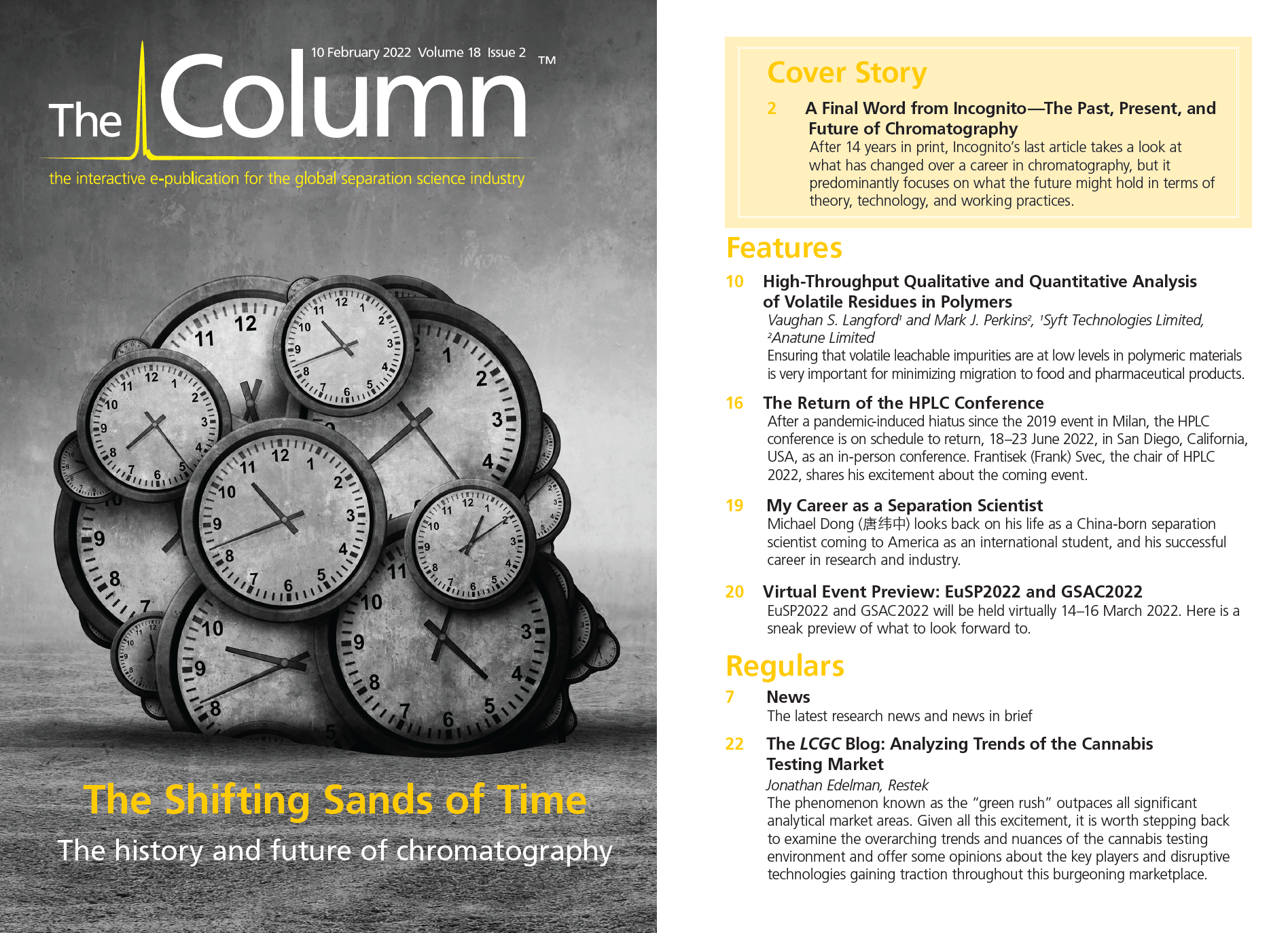Lonza and Agilent Announce Cell Therapy Collaboration
Contract development and manufacturing organization Lonza (Basel, Switzerland) and Agilent Technologies (Santa Clara, California, USA) have agreed a collaboration deal to transform the manufacturing process for personalized cell therapies
Cell therapies are a rapidly growing and developing industry with a number of products in clinical development. Inherently complex with highly specific patient needs, cell therapies represent an uncompromising challenge to researchers because ensuring product consistency requires real-time information on critical quality attributes (CQAs) and analytics throughout the production process. Minor changes during manufacturing could potentially cause major changes in the quality and efficacy of the final product.
The deal will see Agilent integrate its analytics technologies with Lonza’s Cocoon cell manufacturing platform. The companies hope that by integrating Agilent analytical technologies both at-line and in-line within the Cocoon platform automated manufacturing workflows manufacturers will be able to ensure that in-process controls and analytics can be employed on-demand to deliver a more consistent drug product.
“There is a huge opportunity through this partnership to determine what the ideal critical quality attributes are for manufacturing the most effective cell therapy, and drive the manufacturing, optimally in real-time, to meet those criteria,” said Nicholas Ostrout, Senior Director, Business Strategy and Implementation, Personalized Medicine, at Lonza.
For more information, please visit: www.lonza.com or www.agilent.com

Regulatory Deadlines and Supply Chain Challenges Take Center Stage in Nitrosamine Discussion
April 10th 2025During an LCGC International peer exchange, Aloka Srinivasan, Mayank Bhanti, and Amber Burch discussed the regulatory deadlines and supply chain challenges that come with nitrosamine analysis.
















